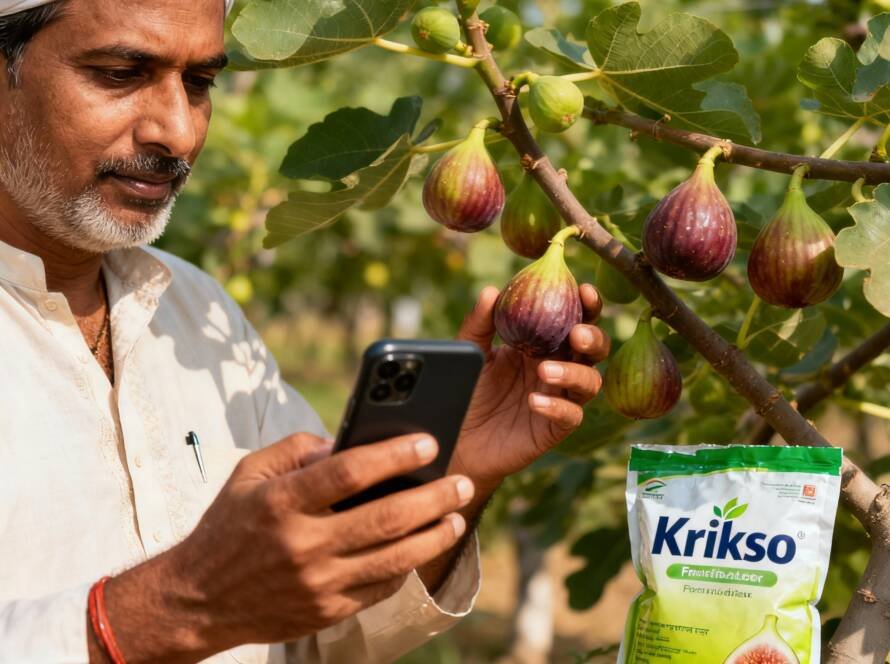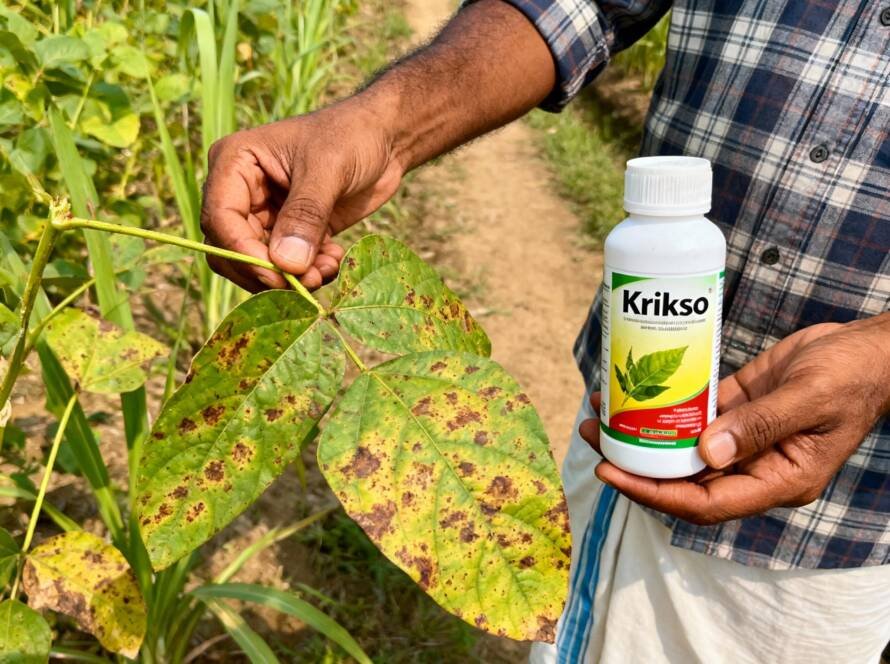Bacterial infections are a major threat to crop productivity, often spreading quickly and reducing both yield and quality. Understanding the types of bacterial diseases, their causes, symptoms, and management strategies is critical for maintaining healthy, high-yielding crops.
1. Common Bacterial Diseases
- Bacterial Blight – Yellowing and wilting of leaves, water-soaked lesions, common in rice and pulses.
- Soft Rot – Affects stems, tubers, and roots, causing mushy, decayed tissues.
- Leaf Spot – Circular, water-soaked spots that may turn dark brown or black.
- Bacterial Wilt – Wilting of entire plants due to xylem blockage, common in solanaceous crops.
- Canker – Sunken lesions on stems or branches, affecting fruit trees and woody crops.
2. Causes of Bacterial Infections
- Contaminated Seeds and Seedlings – Bacteria can persist in infected planting material.
- Excess Moisture – Heavy rainfall or overhead irrigation facilitates bacterial growth.
- Poor Sanitation – Unclean tools and crop residues harbor bacteria.
- Insect Vectors – Pests like aphids or leafhoppers can transmit bacteria.
- Environmental Stress – Nutrient deficiencies or drought weaken plants, increasing susceptibility.
3. Symptoms to Identify Bacterial Diseases
- Water-soaked spots on leaves, stems, or fruits
- Yellowing or wilting of leaves and entire plants
- Soft, decaying tissues (soft rot)
- Sunken lesions or cankers on stems and branches
- Stunted growth and reduced productivity
Early identification is essential to limit disease spread and prevent crop loss.
4. Prevention and Management Strategies
- Cultural Practices
- Use disease-free seeds and seedlings.
- Practice crop rotation to prevent soil-borne bacterial build-up.
- Remove infected plants promptly to reduce spread.
- Irrigation Management – Avoid water stagnation and overhead watering on susceptible crops.
- Organic and Bio-Control Measures
- Use bio-fertilizers with antagonistic bacteria.
- Neem extracts and copper-based organic sprays can reduce bacterial infection.
- Chemical Control – Apply bactericides when necessary, following recommended doses and safety guidelines.
5. Krikso India Support for Bacterial Disease Management
- Certified Disease-Free Seeds – Ensures crops start healthy and resistant to bacterial infections.
- Organic Fertilizers and Bio-Control Products – Sustainable solutions to manage bacterial diseases.
- Technical Advisory Services – Support for identifying, preventing, and managing bacterial infections effectively.
- Market Linkages – Helping farmers maintain crop quality and profitability despite bacterial disease challenges.



